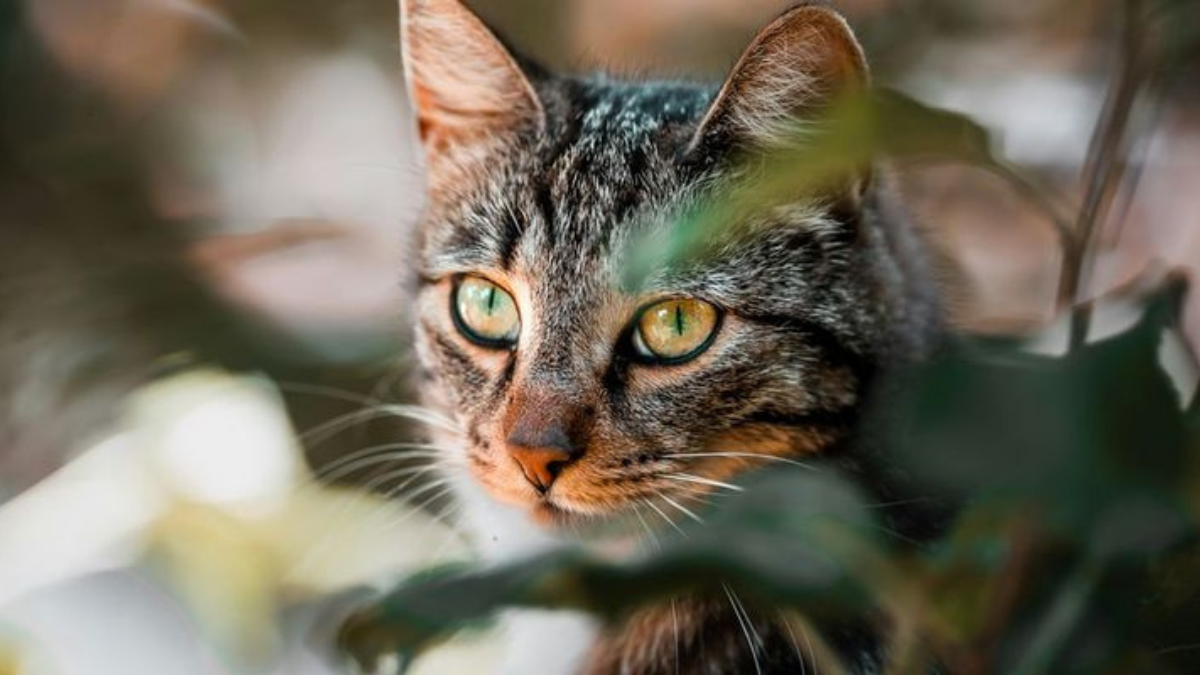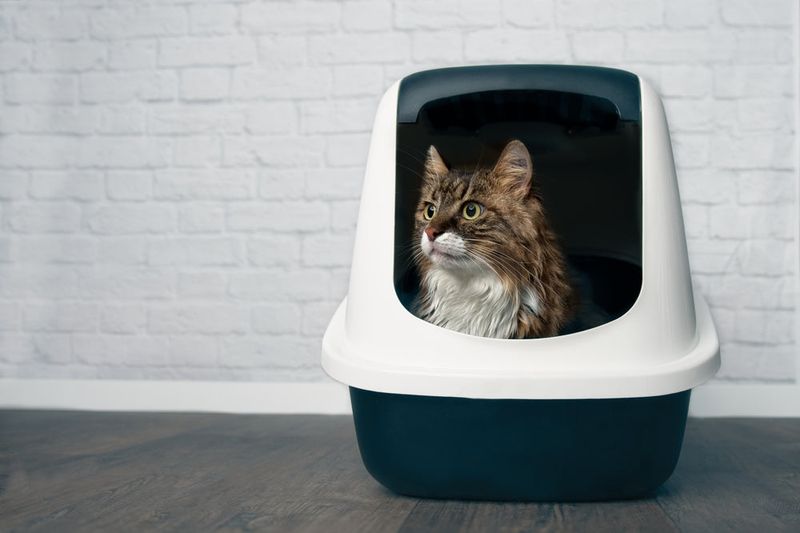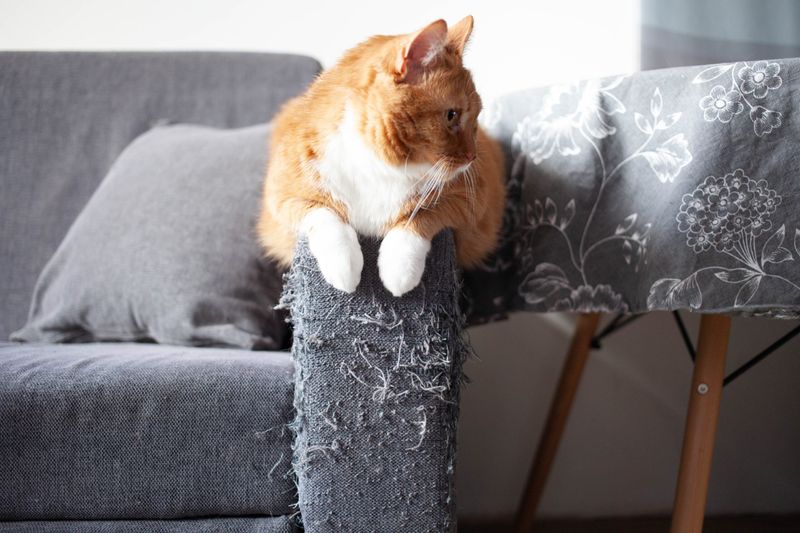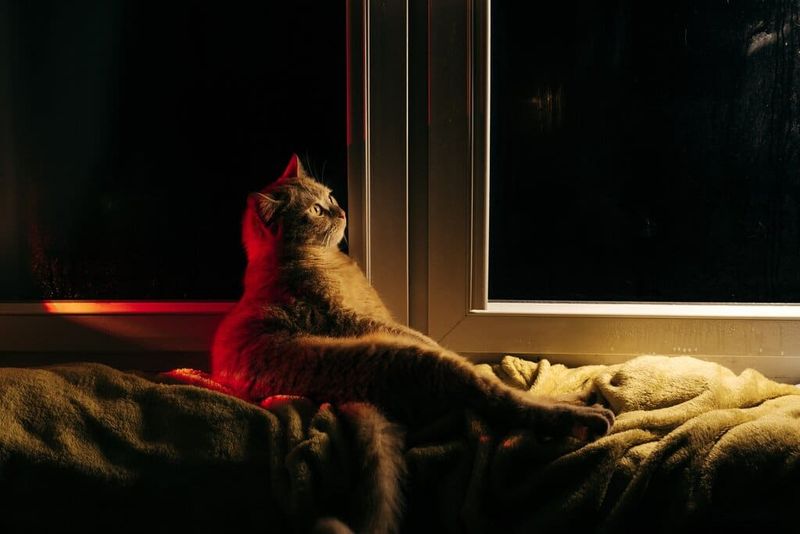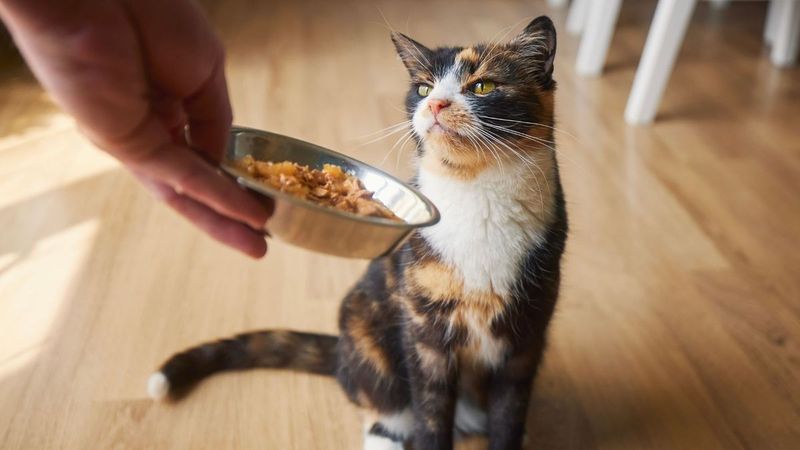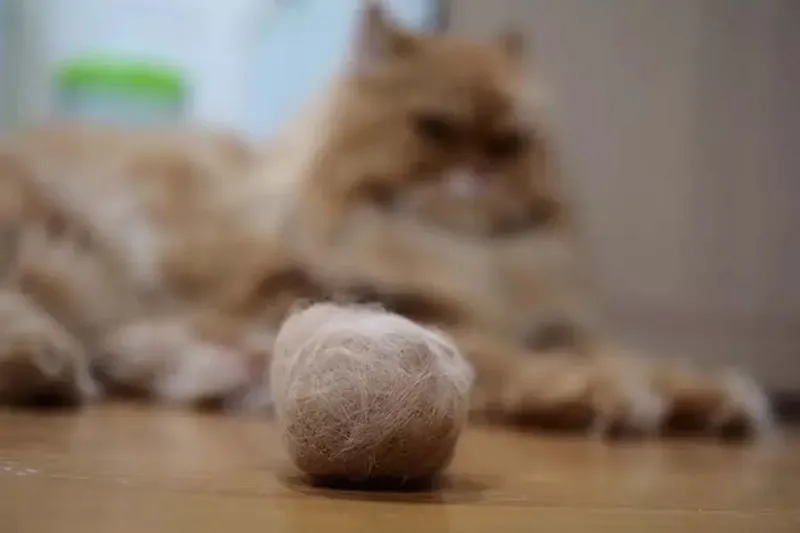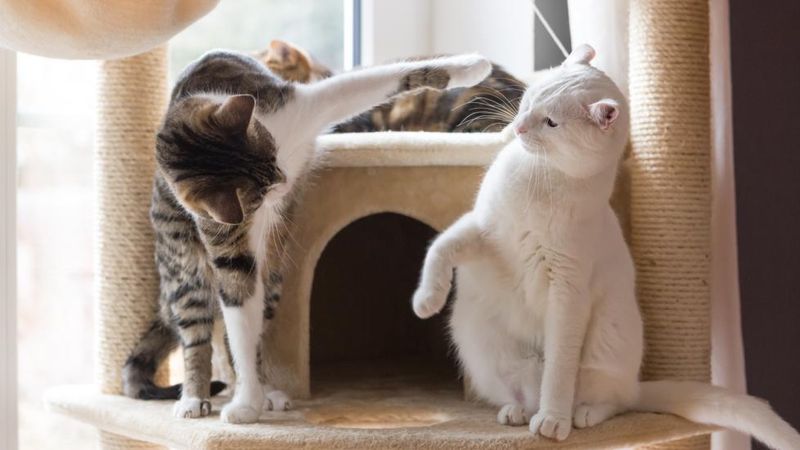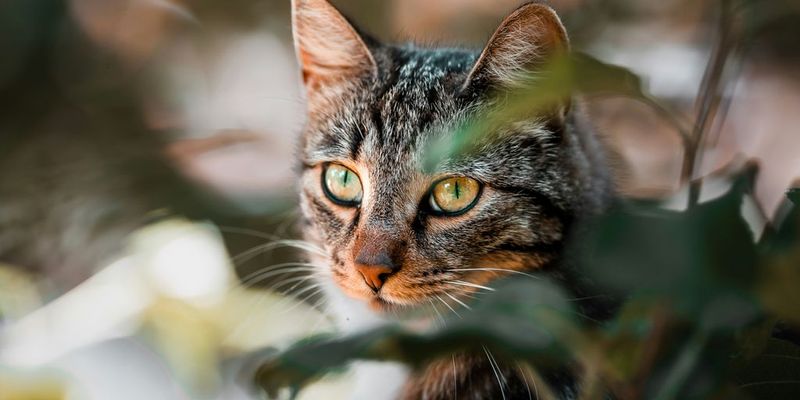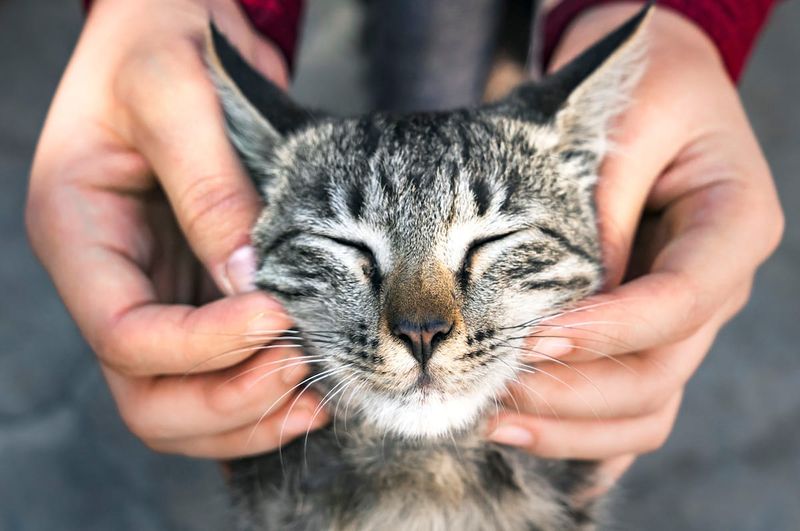📖 Table of Content:
Owning a cat can bring immense joy, but it also introduces a unique set of challenges that many potential owners overlook. While their playful antics and soothing purrs are captivating, these traits often mask the hurdles that come with feline companionship. From managing their independent nature to dealing with their occasional stubbornness, cat ownership requires patience and preparation.
The reality of owning a cat goes beyond the charm of cuddles and companionship. Everyday tasks like litter box maintenance and dealing with their unpredictable moods can become a source of frustration. It’s important to recognize that cats, while loving, often come with behaviors and quirks that need special attention and understanding.
Navigating the world of cat ownership involves more than simply providing food and shelter. Addressing the challenges that come with their care can significantly improve the relationship between a cat and its owner. By understanding the potential difficulties, cat owners can build a more positive, rewarding experience for both themselves and their feline companions.
1. Litter Box Odors
Ah, the litter box—every cat owner’s necessary evil. Despite our best efforts, managing odors can be quite the battle. Cats, being the creatures of habit they are, prefer cleanliness, but even the most diligent scooping can’t completely erase pungent smells.
Imagine your fluffy companion using the box, only to leave a lingering reminder of their presence. It’s a challenge that tests your resolve and creativity—fragrant candles, air purifiers, and endless experimentation with litter brands become your allies.
Maintaining a fresh-smelling home with a litter box requires dedication, much like a delicate balancing act between hygiene and harmony.
2. Scratching Furniture
Feline friends have a knack for turning your beautiful leather couch into their personal scratching post. Their natural instinct to sharpen claws often leads to ruined furniture and frazzled nerves.
In a world where scratching is their form of art, finding the right deterrents or providing alternatives like scratching posts can be a game-changer.
While you watch your kitty stretch and claw with joy, remember: it’s their way of marking territory and keeping those claws healthy. Patience and understanding are key to preserving both your home and your sanity.
3. Nocturnal Antics
When the world goes quiet, your cat comes alive. Those enchanting moonlit hours are their playground, filled with pouncing, prowling, and endless curiosity.
Your dreams might be filled with interrupted sleep, thanks to their nocturnal antics. They bring toys to life in the dead of night, and you’re left marveling at their energy when all you crave is slumber.
Balancing your cat’s nighttime adventures with your need for rest might require creative solutions—like late-night play sessions to tire them out. Embrace the chaos, for it’s part of their charm.
4. Finicky Eating Habits
Cats can be culinary connoisseurs, often leaving you perplexed about their finicky eating habits. They might turn their nose up at yesterday’s favorite meal, leaving you scrambling for alternatives.
Shopping for cat food becomes a delicate dance, trying to find the perfect blend that tantalizes their taste buds. You might need to switch brands or flavors more often than you like.
It’s a journey of trial and error, requiring patience and sometimes inventiveness. Remember, what they crave today might change tomorrow, and staying ahead of their whims is part of the adventure.
5. Hairballs Everywhere
Hairballs are one of those less glamorous aspects of cat ownership. As your cat meticulously grooms, they inevitably ingest hair, which later reappears in surprising places across your home.
These little furry reminders are a testament to their cleanliness, yet managing them requires vigilance. Regular grooming can mitigate the problem, but hairballs remain a persistent challenge.
Accepting hairballs as part of life with a cat involves a mix of humor and diligence. Stock up on cleaning supplies, for constant vigilance is your best strategy against these furry phenomena.
6. Territorial Behavior
Cats are known for their territorial nature, and introducing a new pet can upset the delicate balance of feline hierarchy. Sudden hissing or swatting matches might become part of your routine.
Understanding their need for personal space is crucial. Gradual introductions and providing separate resources can help ease tensions. It’s a diplomatic dance to ensure peace among your furry residents.
Learning to read their body language and respecting their boundaries can transform your home into a harmonious haven. Patience and strategic interventions can turn rivals into companions over time.
7. Vet Visits Stress
Vet visits are often dreaded events, both for cats and their owners. The mere sight of the carrier can send your feline into a frenzy, leaving you feeling helpless.
Transporting them can be a symphony of stressed meows and frayed nerves. Yet, regular check-ups are essential for maintaining their health.
Creating positive associations with the carrier and a gentle approach can alleviate some of the stress. Remember, you’re their advocate, ensuring they receive the care they deserve, even if it involves a little drama along the way.
8. Independent Nature
Unlike dogs, cats often have an independent streak that can be both endearing and frustrating. They’re just as likely to ignore your calls for attention as they are to curl up in your lap.
Understanding and respecting their independent nature is crucial. They cherish their alone time and autonomy, which adds to their charm but can leave you feeling sidelined.
Embrace their desire for independence while providing love and companionship on their terms. This balance makes for a harmonious relationship where both you and your cat feel valued.
9. Allergies and Sensitivities
For some, the joy of cat ownership comes with the challenge of allergies or sensitivities. Sneezing, itchy eyes, and runny noses can dampen the joy of feline companionship.
Managing allergies involves a combination of medication, cleaning routines, and choosing hypoallergenic cat breeds. These strategies can help minimize discomfort.
It’s a balancing act between enjoying their companionship and maintaining your well-being. Discovering the right mix of solutions can make all the difference, allowing you to enjoy your cat without constant discomfort.
